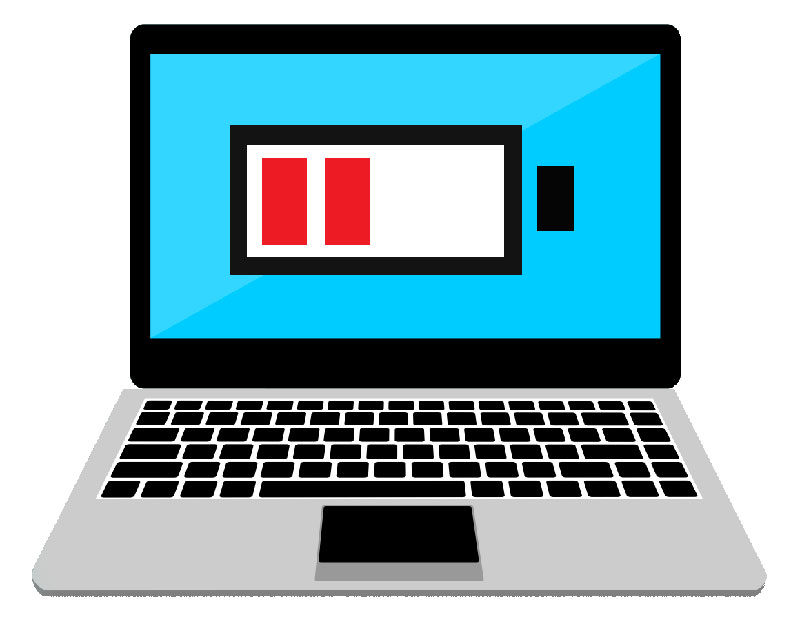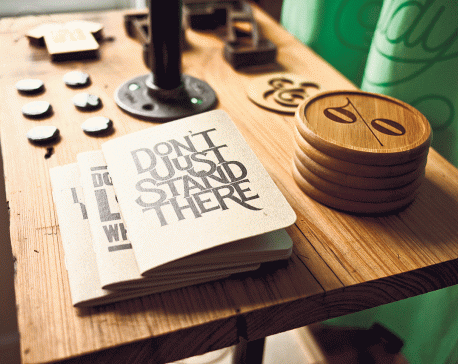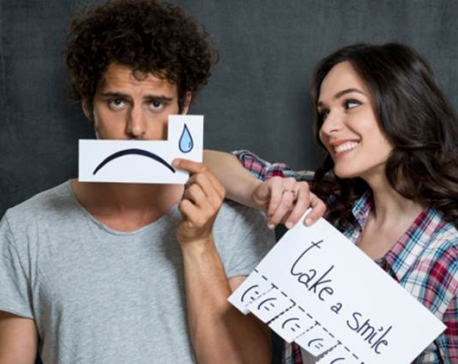
OR
Tech Tips
Quick tips for longer laptop battery life
Published On: October 6, 2016 09:39 AM NPT By: Republica | @RepublicaNepal

We’ve all been there. You’re in a meeting, or on the road, or in a classroom, and you find, to your horror, that your laptop is nearly dead. Maybe you forgot your power adapter, maybe there isn’t an available outlet. For whatever reason, your battery power is dwindling, and you still have stuff to get done. Hope is not lost, however. There are some things you can do to buy more time on that almost-dead battery so you can meet a deadline or respond to an important email before it’s too late.
Some of these techniques are for when you need to stretch your battery at that very moment, while others are preventative measures, best implemented before your battery life comes up short. There is some of overlap between the short- and long-term strategies we’ll outline below, but even when the actions are the same, the reasons behind them may be different.
Activate Your Laptop’s Battery Saver or Eco Mode
Designed with these sorts of circumstances in mind, most Battery Saver or Eco modes will engage a number of automatic changes to lengthen usable battery life—many of the same changes we’ll be making here. This saved profile will adjust your laptop’s settings and shift components into low-power states to help you ration your remaining juice a bit longer.
Once you’ve turned on the automatic battery-saver tool, there are still plenty of steps to take to eke out even better efficiency. This is done by turning off unnecessary devices, adjusting settings to reduce power consumption, shutting down unwanted apps and processes, and adjusting your activities to use less power.
Disable Unused Devices and Ports
The easiest way to reduce power consumption is to simply turn stuff off. Every component in your laptop needs power to function, but that doesn’t mean you need to power all of those components all of the time. Start by disconnecting any unneeded peripherals (like a USB mouse or external drive) and turning off the biggest power hogs, like Wi-Fi and Bluetooth radios, graphics processors, and unused optical drives.
Before disabling any component or device, make sure that the device is not in use, and that it is not essential to continuing operation of the laptop. For example, you do not want to disable the hard drive that houses the operating system, or the processor the runs the entire laptop. Only disable those devices you are comfortable turning off.
Adjust Your Settings
While you’ll still have to use the display and the keyboard, you can adjust the settings for each to reduce power consumption. One often overlooked power drain is keyboard backlighting. Unless you’re in the dark and need the backlight just to make out each key, turn off the backlight entirely. You can typically assign a hotkey for this function.
The next power drain is your screen. While you obviously need to keep it up and running to use the laptop, you don’t necessarily need it running at maximum brightness or resolution. Many laptops will have hotkeys for increasing and decreasing the screen brightness, but if not, it can be adjusted in the control panel. Reducing the display to 50 percent when you’re running on battery power can add a significant amount of time.
Additionally, if you’re simply typing up a document, you don’t need all of the detail offered by a 1080p or higher display. Dialing down the screen resolution to a basic 1,366-by-768 resolution or lower reduces the amount of power used in graphics processing without negatively impacting your ability to work, letting your laptop hang on a bit longer.
Finally, turn off or turn down the sound. If you need to hear, drop the sound down as low as you can, and consider switching from the laptop’s larger speakers to a set of tiny earbuds to get the audio piped right to your ears. Whenever possible, just mute the laptop altogether. That way, the speakers won’t be getting any power, and you’ll buy yourself some more precious time.
PC Mag
You May Like This

Quick tips for obtaining your next promotion
Are you ready to take the next step in your career, but you’re not sure how to initiate the promotion... Read More...

Quick, quick
Larcha Bridge rebuilding. ... Read More...

Smiling spouse your ticket to healthier, longer life: Study
NEW YORK, Oct 1: Having a happy, smiling partner can keep you healthy and fit as you enter middle age and... Read More...







Just In
- NRB to provide collateral-free loans to foreign employment seekers
- NEB to publish Grade 12 results next week
- Body handover begins; Relatives remain dissatisfied with insurance, compensation amount
- NC defers its plan to join Koshi govt
- NRB to review microfinance loan interest rate
- 134 dead in floods and landslides since onset of monsoon this year
- Mahakali Irrigation Project sees only 22 percent physical progress in 18 years
- Singapore now holds world's most powerful passport; Nepal stays at 98th











Leave A Comment